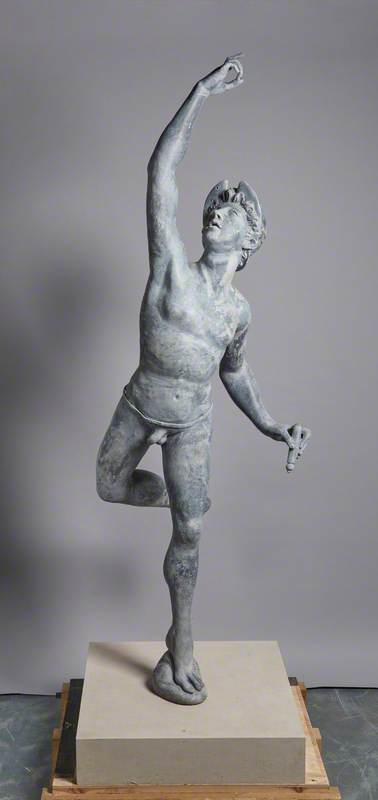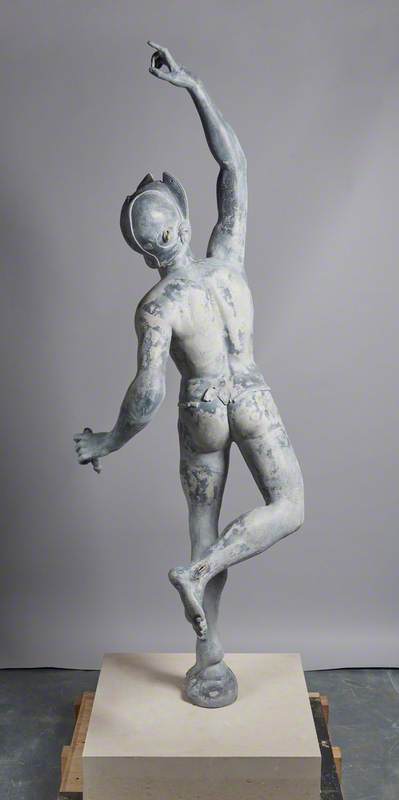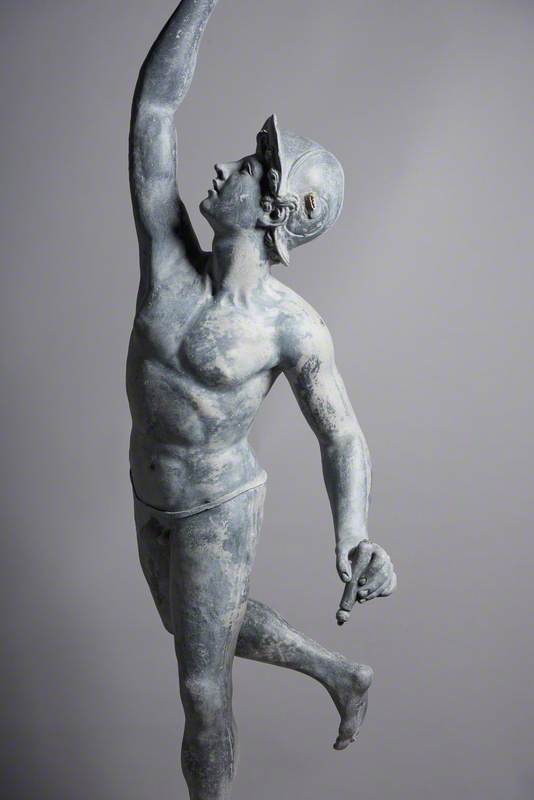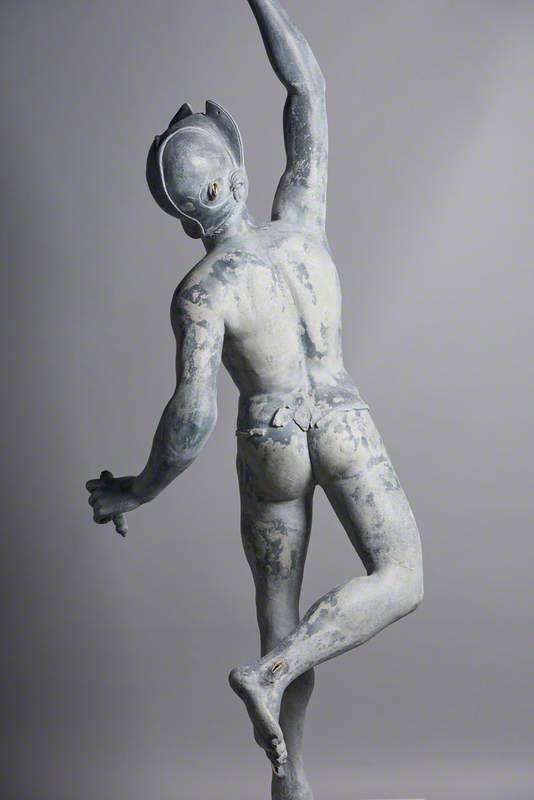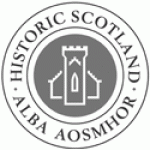How you can use this image
This image is available to be shared and re-used under the terms of the Creative Commons Attribution-NonCommercial licence (CC BY-NC).
This image can be reproduced in any way apart from any commercial uses.
Wherever you reproduce the image or an altered version of it, you must attribute the original creators (acknowledge the original artist(s), the person/organisation that took the photograph of the work) and any other stated rights holders.
Review our guidance pages which explain how you can reuse images, how to credit an image and how to find more images in the public domain or with a Creative Commons licence available.
DownloadBuy a print or image licence
You can purchase this reproduction
If you have any products in your basket we recommend that you complete your purchase from Art UK before you leave our site to avoid losing your purchases.
Notes
Add or edit a note on this artwork that only you can see. You can find notes again by going to the ‘Notes’ section of your account.
Once a garden sculpture, this lead statue of Mercury later adorned the façade of Duff House – along with five others. Also on display were statues of the classical gods Apollo, Bacchus, Luna, Mars and Minerva. Mercury was a major Roman god. Among other things, he was the god of communication, travellers and making money. Evidence from 1743 suggests that the statue previously stood on the bowling green at Airlie House, the Earl of Fife’s townhouse in Banff. Formal gardens with sculptures grew popular among the nobility in the 1600s, perhaps inspired by sights seen on the Grand Tour of Europe. More recently, the Mercury statue was replaced with a copy to preserve the original. The six statues were likely made around 1740 by Jan van Nost the Younger.
Title
Mercury
Date
c.1740
Medium
lead
Measurements
H 198 x W 69 x D 45 cm
Accession number
DUFF005
Acquisition method
on loan from Scottish Ministers
Work type
Statue
